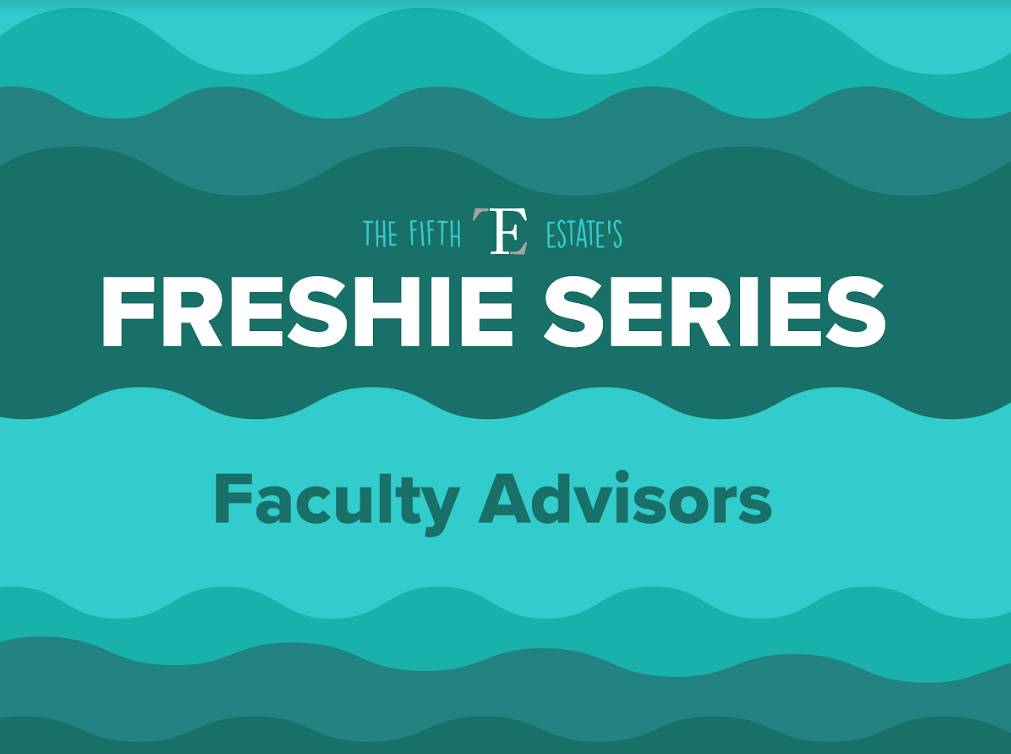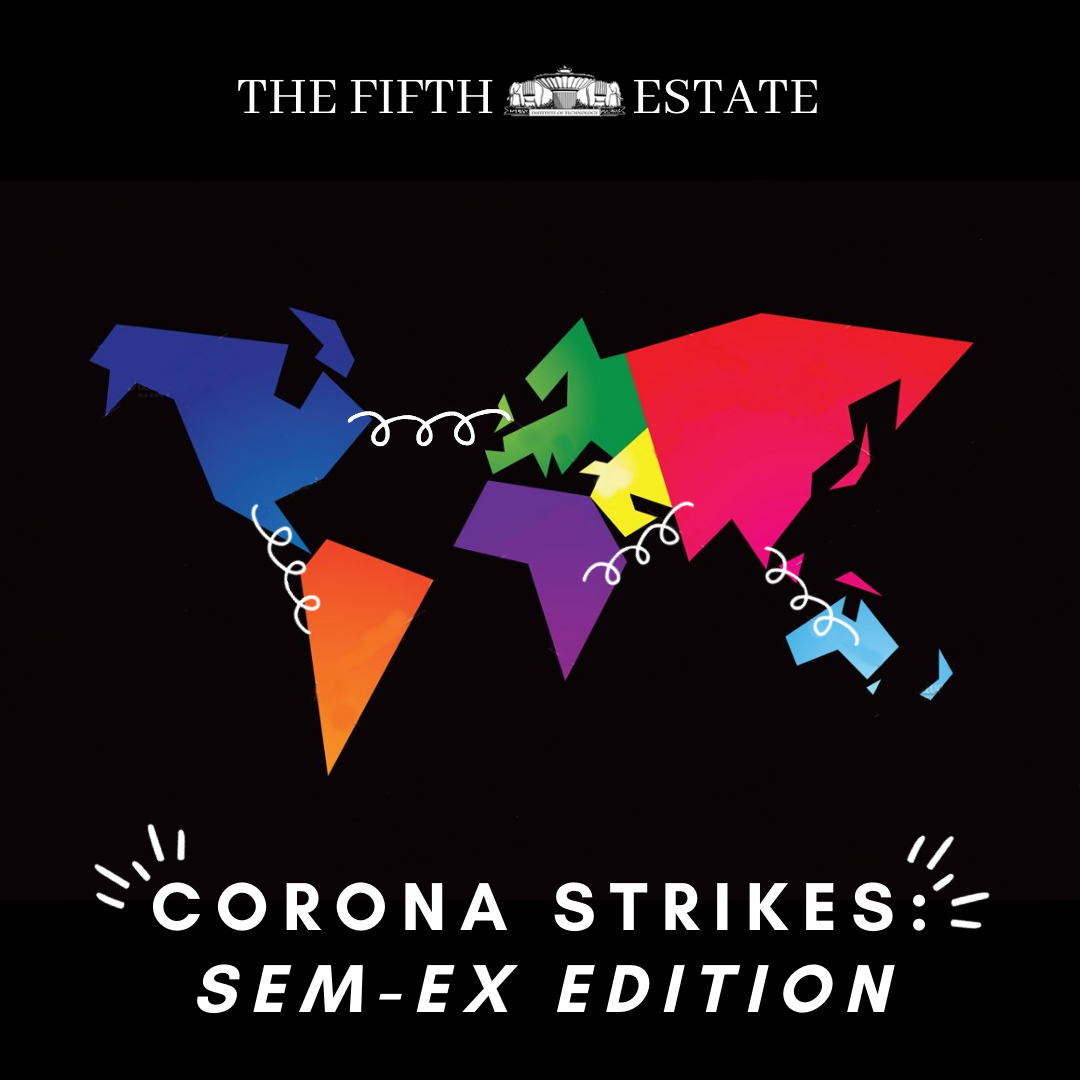 Prof. V.G. Idichandy is one of the most recognizable faces on campus. In a career spanning more than 40 years at IIT Madras, Prof. Chandy has held numerous positions in the campus administration – Dean of Students, Deputy Director, Chairman – JEE and many more. He has played an instrumental role in setting up many of the institution’s current systems and is widely known for his camaraderie with students of the institute. He retired from the role of Deputy Director in October, 2011. He is a Professor in the Department of Ocean Engineering, IIT Madras. In this extensive interview, he shares his experience with the institute with T5E members Vinay Sridhar, Midhun Unnikrishnan and Nitish Garg.
Prof. V.G. Idichandy is one of the most recognizable faces on campus. In a career spanning more than 40 years at IIT Madras, Prof. Chandy has held numerous positions in the campus administration – Dean of Students, Deputy Director, Chairman – JEE and many more. He has played an instrumental role in setting up many of the institution’s current systems and is widely known for his camaraderie with students of the institute. He retired from the role of Deputy Director in October, 2011. He is a Professor in the Department of Ocean Engineering, IIT Madras. In this extensive interview, he shares his experience with the institute with T5E members Vinay Sridhar, Midhun Unnikrishnan and Nitish Garg.
On Formative Years
Prof. Idichandy began his career with the establishment of the Structures Lab in Civil Engineering department, around 1970. He was working with two German professors in this regard. Shortly afterwards, he went to the Universities of Hanover and Stuttgart for they both possessed renowned construction material and model testing facilities. He spent nearly a year in both these places. In Germany, every lab has a physicist associated with it – to help in instrumentation and measurement. He too worked in this capacity in the Structures Lab.
“Basically I’m a physicist”, he says.
Having completed his MSc Physics from Kerala University, he joined here as a senior technical assistant – a position he held till 1977. During this time, he started pursuing his MS even while working. There was some opposition to him doing an MS in Civil Engineering because, in his words, “they felt that only concrete and steel constituted Civil Engineering”. He also remembers that his Physics background was not appealing to them.
As a result he worked in the Applied Mechanics department. His tenure there saw many unique projects. The AM department was glad to allow him to register for an MS. He recalls meeting one of his professors and giving him the news, to which he replied “you will definitely do your MS in Engineering Mechanics.”
It did happen – he finished his MS in 1980.
He later went on to register for a PhD in Ocean Engineering, where he was offered the position of a Scientific Officer, going on to head of the German assistance program. Thanks to the extraordinary efforts of Prof.Idichandy and his colleagues, the Ocean Engineering department now boasts of many excellent experimental facilities.
After completing his PhD, he went abroad and did post-doctoral work at the department of Naval Arch and Ocean Engineering, TU, Berlin till 1987. By then the German assistance was through and he was made the chairman of the task-force for facilities building. His team was responsible for the introduction of 8-bit Apple systems for data acquisition.
“Ours was one of the best measurements lab among all labs in IIT” , he recalls with pride.
In his early days he served as the assistant warden of Godavari hostel and later in the early 90s he took over as the warden of Mandakini hostel. With the messes attached to the hostels and the students and mess workers having lot of issues, it was a challenging job. Remembering his days at Godav, he said “There were a lot of cultural changes over these 15 years. During those days student-staff relation was more personal – everybody knew each other, even by name. When I took over as Mandak’s warden, I observed a change – nobody talked to each other. The personal touch was missing. The atmosphere was very charged – never friendly. “
In 1993 he handed over charge to Prof. Krishnaiyah, and went for a brief time to Singapore. He went on 2 years leave, but returned in 9 months for he did not deem it to be worthwhile.
“There was good money there, but not on a single day did I experience the professional satisfaction that I had, having been here, in charge of building up facilities.”
After returning he got engaged in many defense projects. His association with the DRDO goes back to 1972. At that time the Indian Field Gun Mk 2 was being developed to replace a World War era rifle being used by the Army. The manufacturers wanted analysis of a support structure which had developed cracks. Later with support from Dr.Abdul Kalam, Prof.Idichandy’s team contributed towards building underwater missiles.
“Eventually the country succeeded in firing a missile from a submarine, right in the first attempt. And most of the work was done at IIT Madras.”
In 1994 Prof.Idichandy became the Cultural Advisor. He was associated with 2 Saarangs during this time. Then in 1998, the director, Professor Natarajan, switched him over to JEE, as the vice chairman; in 1999 he became chairman. 1998 brought a major change for JEE, which until then was conducted in the 60s fashion – without computerization.
“We being the organizing institute introduced a lot of computerization with support from IITK. Today, we’re able to handle 5 lac students only because of that step we took in 1998.”
Immediately after JEE, he was asked to take over as Chairman, Continuing Education. He remembered it to have been an interesting phase. He, along with Prof. Mangal Sunder, initiated web-based courses. From a humble beginning in a small MSB room, it has now grown into NPTEL.
As Dean Students
After a brief period as the HOD of OE department, he was made Dean Students in 2002.
“I convinced Professor Ananth that we needed more space and he kindly agreed. The new Dean’s office was envied by all other IITs. It had cubicles for secretaries, all organizational work could be done at one place – it was a great thing.”
At that time, parents were unhappy with the state of hostels. With assistance from Prof Ananth,
he started the renovation of hostels. Later the construction of new hostels began along with Himalaya. He observes that once SK, RR and CR got contracts at IITM, it was easier for them to expand elsewhere. In 1997 he took up the cause of popularizing hobby clubs in IIT. With his efforts, slowly the activities in these clubs picked up. Notable among these were the Robotics and Aero clubs.
On CFI
“There were people with ideas, but no proper way to help them, to discuss the ideas, and to realize them. We then thought about CFI.”
The student representatives made a good plan for the construction of CFI, making the layout with an architect who was doing his PhD here. The 1981 batch gave overwhelming support by gathering 70-80 lacs. The site was identified but the Mechanical Engineering department opposed the selection of the site. Prof. Ananth came to the rescue and the site was finalised. But the project could not be completed. Even in that delicate situation, Prof. Idichandy did not reprimand them.
“That is my philosophy – encourage people to do what they want. Even if they fail, they’ll learn from it. If anybody comes with an idea, I never say no. if you have an idea and you want to work on it, why not?”
Views on the Student-Faculty relationship:
“I don’t know if the students have changed or faculty have changed, but the warmth of relation between the two sides is missing. I used to call students to my home to have tea or coffee. No big deal. The students enjoyed it so much, they said they never had such an experience. All that seems so unreal now.”
On the Curriculum in IIT:
Prof.Idichandy considers the Indian education system to be superior.
“In Stuttgart I attended a course which I now teach. It’s a 40 hour lecture, whereas there, it was about 10 hours. “
He adds that the curriculums cannot be compared – though the Western system is more disciplined, the teachers have no freedom to ask anything beyond what is taught in class.
On Shaastra and Saarang:
Prof. Idichandy suggests that Shaastra’s primary purpose was not to bring so many colleges at one location and have a competition. It was mainly for IITM students to showcase their abilities.
“You don’t have to compete with VIT or SRM. Competition should be within IIT.”
“Commercialization is also a factor”, he asserts. Though there is much to learn from the stupendous organizational activity, it was not the objective.
“The objective was to make you really good engineers – put into practice something you learnt, bring forward your ideas; to make it an academic learning experience through an informal setting. That is why CFI is there. You have ideas to discuss with your department, undertake a project, and demonstrate at Shaastra.”
He suggests having a competition akin to the Prince of Wales competition in UK in which all IITs put up projects and a huge prize is announced for the best project. He criticized the stagnation that Shaastra and Saarang have been suffering over the past few years, with nothing new happening. He suggests taking a big step forward instead of being content with adding a few new events.
“As far as Shaastra is concerned, we need more product-oriented work from our own side. It shouldn’t be about getting people from outside and having fun. You‘re all very capable kids and I’m sure you can do something.”
(In the second part of this interview, Prof. Idichandy talks about his association with JEE, the unified entrance examination, over-crowding in institute, LAN cuts and other issues.)



